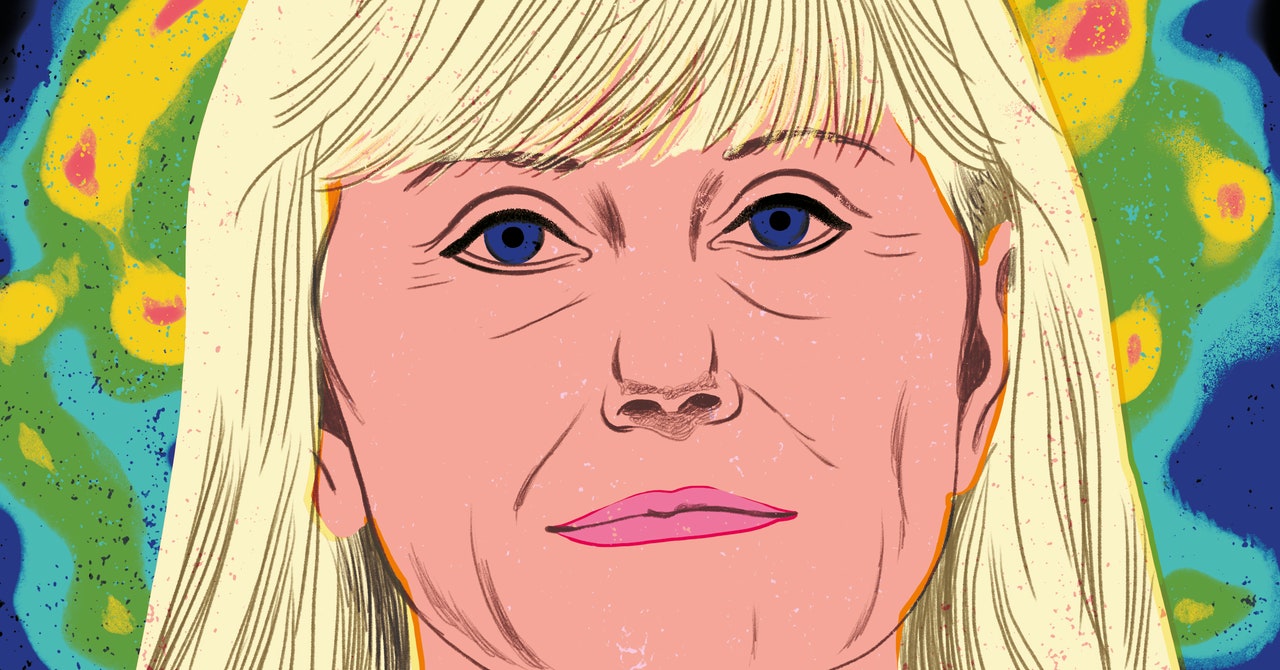
When she describes the moment she realized that CTE and football were connected, she sounds as shocked as she must have been back then.
“My first football player [brain] was a 45-year-old man who played nine years in the NFL, and when I saw his brain, I was floored because it meant football was a risk for this degenerative disease,” says Dr. McKee, a homegrown Green Bay Packers fan. “I’d been watching [football] for many years. They don’t look like they’re getting hurt, but of course it’s a slow degeneration that happens over many years.”
Now that major sports organizations like the National Football League have acknowledged the higher chances of CTE for their players, the collective drive to mitigate its harm is only growing stronger. That’s where Dr. McKee comes in. In the world of CTE, she’s at the literal cutting edge.
Making Strides to Combat Brain Injury
Working directly with athletes, military members, and their families, Dr. McKee has published more than 70 percent of the CTE cases confirmed worldwide. Through her research, she has established that CTE doesn’t come about through multiple concussions, but rather through multiple blows; non-concussive hits to the head add up in CTE cases far more than concussions do. She even created a bank for brains: The UNITE Brain Bank is the largest repository of brains with traumatic injuries in the world, with more than 1,400 brains available for study.
Dr. McKee has received the Henry Wisniewski Lifetime Achievement Award from the Alzheimer’s Association, the Samuel J. Heyman Service to America Medal, and the Paul A. Volcker Career Achievement Award for outstanding contributions to federal service.
When she speaks about her goals, Dr. McKee is enthusiastic and focused. She wants to reduce the number of cases of CTE out there, especially among young people, and she wants to come up with ways to treat people who have it.
“It’s been very validating because I feel like we’re really helping people,” she says. “We’ve had so many families, especially young people … come into the [brain] bank. You just want to do something to make this stop.”
Armed with an increasing body of knowledge about how CTE works, Dr. McKee advocates for two things: prevention and detection. But while it might seem like a no-brainer that avoiding CTE means avoiding hits to the head, it’s tough to bring people around to that idea if it means changing their beloved sports. Dr. McKee calls for few to no head impacts in athletic events, rule changes that cut the chances of headshots happening in the first place, and active monitoring for athletes to limit how many hits they take. Meanwhile, she’s working to develop detection methods for CTE that can be used while the patient is still alive, and hopes the science will get there within the next five years.
“Detection during life is the holy grail. If we can do that, we can start some treatments,” she says. “We have some good possibilities [for treatment] but we have no way of knowing if they work. If we can detect it early in young players, where it hasn’t progressed to wide reaches of the brain, I think we can make a real difference.”
Dr. McKee hasn’t had the easiest time on her journey to fight CTE, and has faced a lot of flak about her work from those who see her research as an attack on sports. But she doesn’t want to see the end of contact sports. Rather, she’s driven to reduce the cases of CTE across the board, especially in young people who never set foot on a professional field and who should not be suffering brain deterioration at an early age. And she likes her chances.
“I’m very optimistic that this is a treatable condition if detected early enough,” she says, her excitement clear. “I think in the very near future, we’ll have treatments.”
If Dr. McKee has anything to say about it, we definitely will.
Source image: Getty Images

